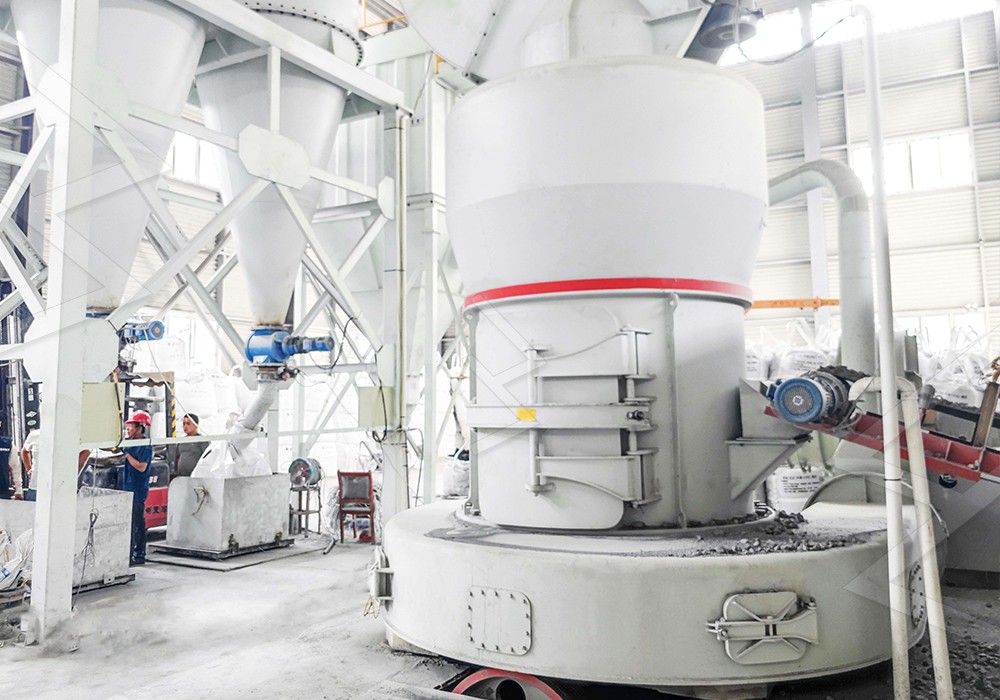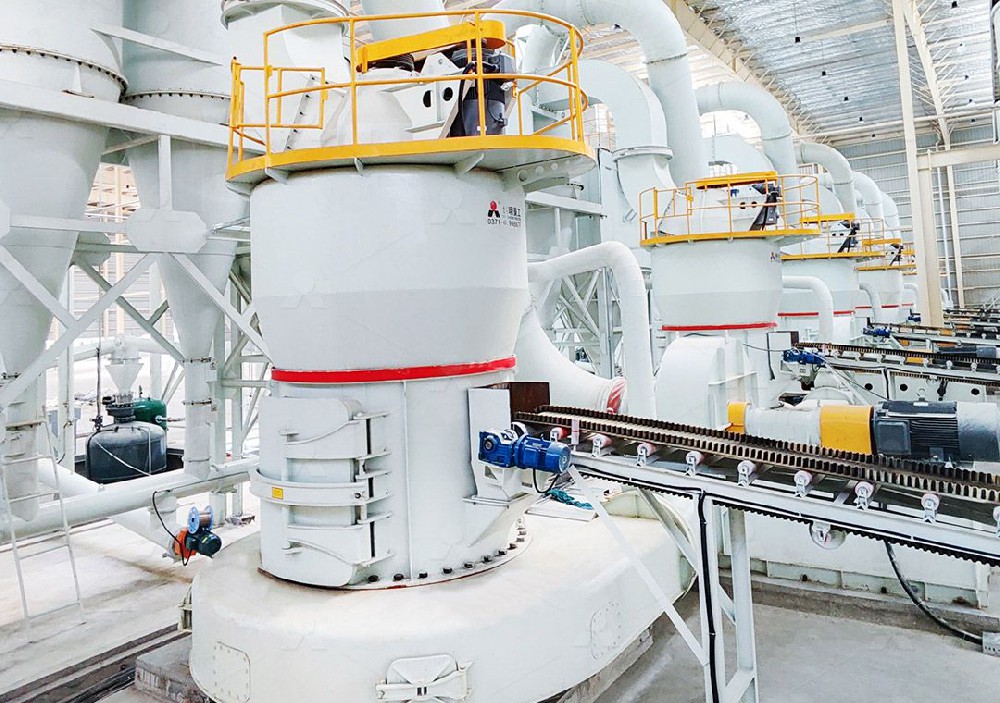Industry News
Fine-Tuning Raymond Mill for 400 Mesh Wollastonite Production
2025-09-22 17:25:49
We are Liming Heavy Industry, a manufacturer of various types of industrial crushers, such as Raymond Mill, Trapezoidal Mill, Vertical Mill, Ultrafine Mill, Ball Mill, etc.
Our mills can process the following minerals:
limestone, quicklime, kaolin, talc, barite, bentonite, calcium carbonate, dolomite, coal, gypsum, clay, carbon black, slag, cement raw materials, cement clinker, etc.
If you need a mill to process stone or minerals into powder, please feel free to contact me (WhatsApp: +86 153 3380 7511). Thank you.
Wollastonite is a high-value industrial mineral prized for its acicular (needle-like) crystal structure, brightness, and reinforcing properties. It plays a key role in ceramics, plastics, coatings, and construction products. Many of these applications require wollastonite to be ground into ultra-fine powders, often reaching 400 mesh (38 μm). To achieve this level of fineness efficiently, careful adjustment of the Raymond Mill is essential.

Why Raymond Mill Fits Wollastonite Processing
The Raymond Mill, also known as the pendulum roller mill, is widely used for non-metallic mineral grinding. For wollastonite applications, it offers several notable benefits:
Energy savings – Lower power consumption compared with ball mills.
Compact design – Smaller footprint and easier installation.
Flexible output – Capable of delivering powders from 80 mesh up to 400 mesh by fine-tuning the classifier system.
Steps for Achieving Consistent 400 Mesh Powder
Adjust Classifier Speed
The classifier determines final particle size.
For 400 mesh, the speed generally needs to be raised into the 200–300 RPM range (exact value depends on mill type).
Higher speeds create finer product, though extreme settings can reduce output.
Set the Correct Grinding Pressure
Maintaining roller pressure in the 8–10 MPa range ensures effective grinding.
Too little pressure causes coarse particles; excessive pressure leads to wasted energy and faster wear.

Balance Feed Rate and Airflow
For fine-grade wollastonite, a steady feed of about 3–5 tons per hour is typical.
Adjust the blower/fan speed to maintain circulation—weak airflow can cause accumulation, while excessive airflow results in coarser material.
Monitor Wear Parts
Grinding rollers and rings wear over time.
Replace them promptly if output declines or the powder becomes inconsistent.
Troubleshooting Tips
Low production at 400 mesh → Reduce feed slightly, inspect classifier blades.
Coarse particles in product → Increase classifier speed, check grinding pressure.
Unusual vibration or noise → Inspect rollers for uneven wear or bearings for damage.

Conclusion
With the right adjustments, the Raymond Mill remains a dependable and economical solution for producing 400 mesh wollastonite powder. Fine-tuning classifier speed, grinding pressure, feed stability, and airflow not only delivers uniform particle size but also maximizes overall efficiency. Regular maintenance of wear components ensures stable long-term operation.
Liming Heavy Industry provides customized Raymond Mill configurations tailored for wollastonite applications, helping manufacturers reach the required fineness while maintaining productivity and cost control.
FAQ on Wollastonite Grinding
Q1: Why is 400 mesh wollastonite important in industry?
A1: This fineness enhances reinforcement in plastics, improves glaze smoothness in ceramics, and ensures better dispersion in paints and coatings.
Q2: Can a Raymond Mill handle both coarse and fine wollastonite powder?
A2: Yes, by adjusting classifier speed and grinding pressure, the mill can switch between 80 mesh and 400 mesh output.
Q3: How often should wear parts be replaced?
A3: It depends on operating hours and material hardness, but typically once efficiency drops or particle size becomes inconsistent.
Q4: What is the most common issue when targeting 400 mesh?
A4: Reduced throughput, which is usually solved by optimizing feed rate and classifier settings.







